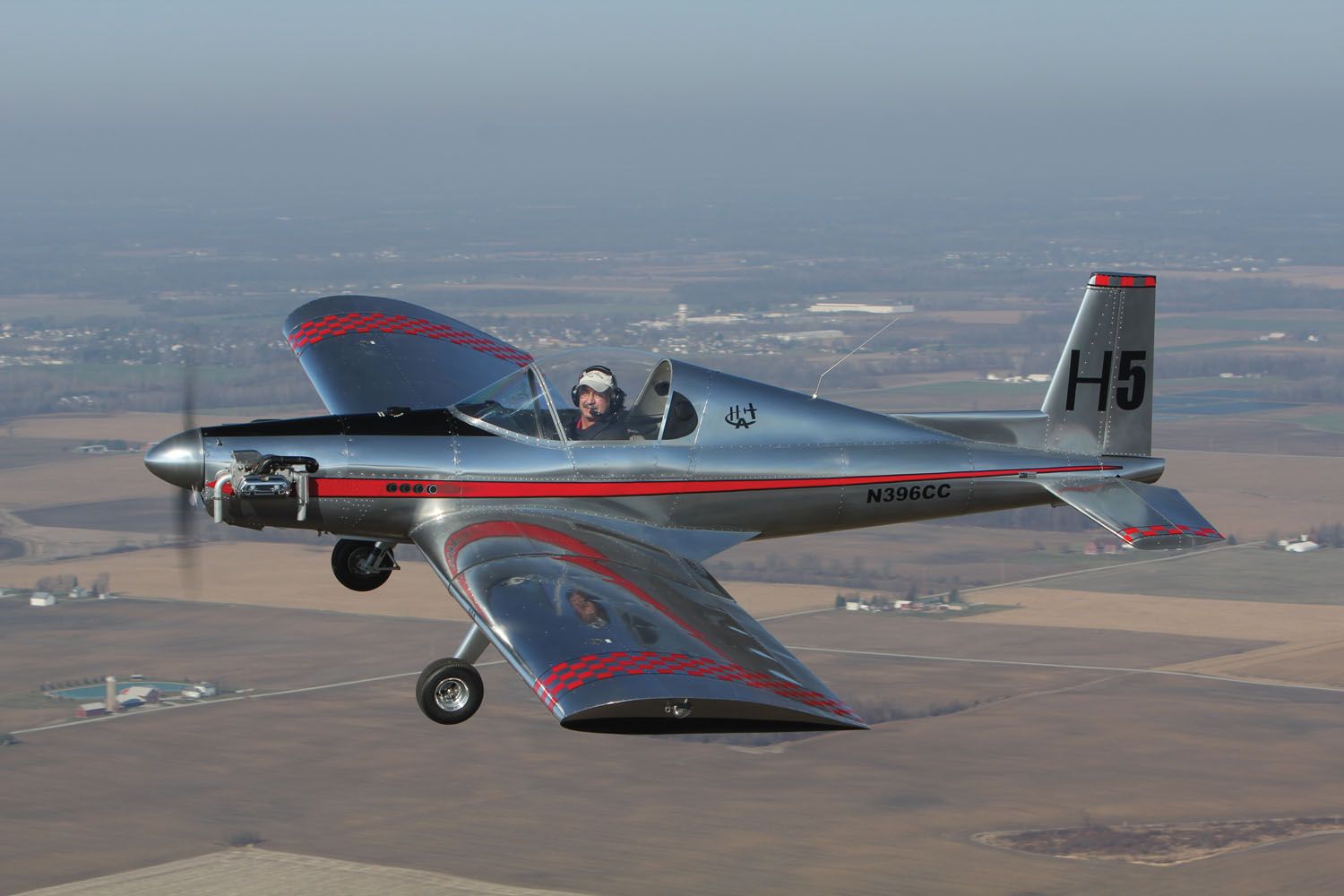 It’s been an interesting couple of years at Hummel Aircraft, longtime supplier of plans, parts and kits for three popular single-place homebuilt airplanes. Despite COVID-19 and the restrictions it brought, the company’s business continued strong in 2020 and 2021 as builders trapped at home sought release by starting long-delayed projects. The big 2020 airshows had to be canceled, but plucky little Hummel managed to hold its usual open house at the factory on October 10, 2020. Most significantly, Hummel Aviation, operated for the past 20 years by Terry and Deb Hallett, was to become Hummel Aircraft Company, LLC, under the auspices of Matt and Laurie Higgins, with the ownership transfer taking place in January 2021.
It’s been an interesting couple of years at Hummel Aircraft, longtime supplier of plans, parts and kits for three popular single-place homebuilt airplanes. Despite COVID-19 and the restrictions it brought, the company’s business continued strong in 2020 and 2021 as builders trapped at home sought release by starting long-delayed projects. The big 2020 airshows had to be canceled, but plucky little Hummel managed to hold its usual open house at the factory on October 10, 2020. Most significantly, Hummel Aviation, operated for the past 20 years by Terry and Deb Hallett, was to become Hummel Aircraft Company, LLC, under the auspices of Matt and Laurie Higgins, with the ownership transfer taking place in January 2021.
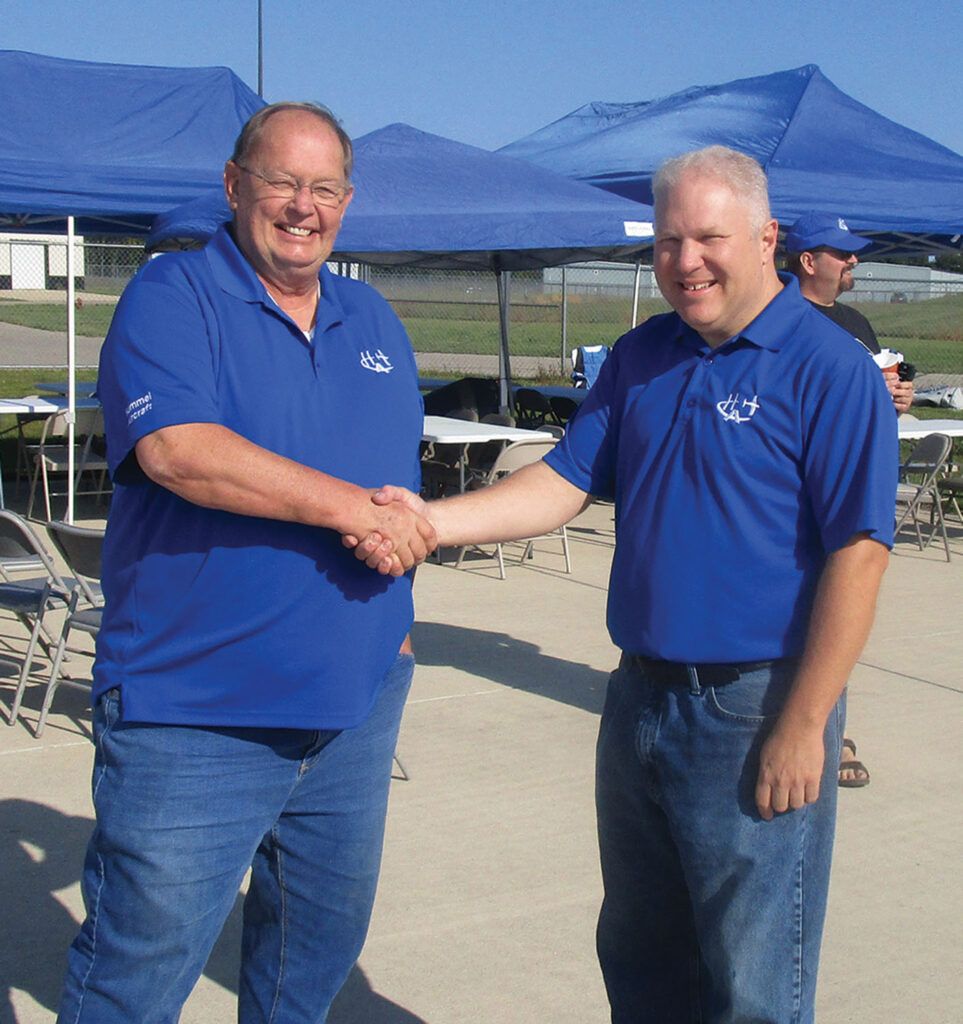
Hummel Aircraft is truly a three-generation family affair. David Higgins, Matt’s father, is a lifelong mechanic who once began work on an original-design homebuilt airplane of his own, and Donavan Higgins, Matt and Laurie’s son, is an Embry-Riddle Aeronautical University graduate student who is responsible for the company website. He’s rapidly catching up with his dad’s advanced ratings. Laurie Higgins owns a child-care company and has plans to eventually offer a true “Air B&B” at the kit factory, where builders can stay when workshops are being held. Everyone, even high-school senior Claire Higgins, is involved with building parts and operating the business.
During 2021, the Hummel kit production facility was relocated 70-some miles northeast to Howell, Michigan, a months-long process that fortunately blended well with builder support continuing from Ohio by Terry Hallett while parts and kits gradually began to be supplied from the new Michigan location.
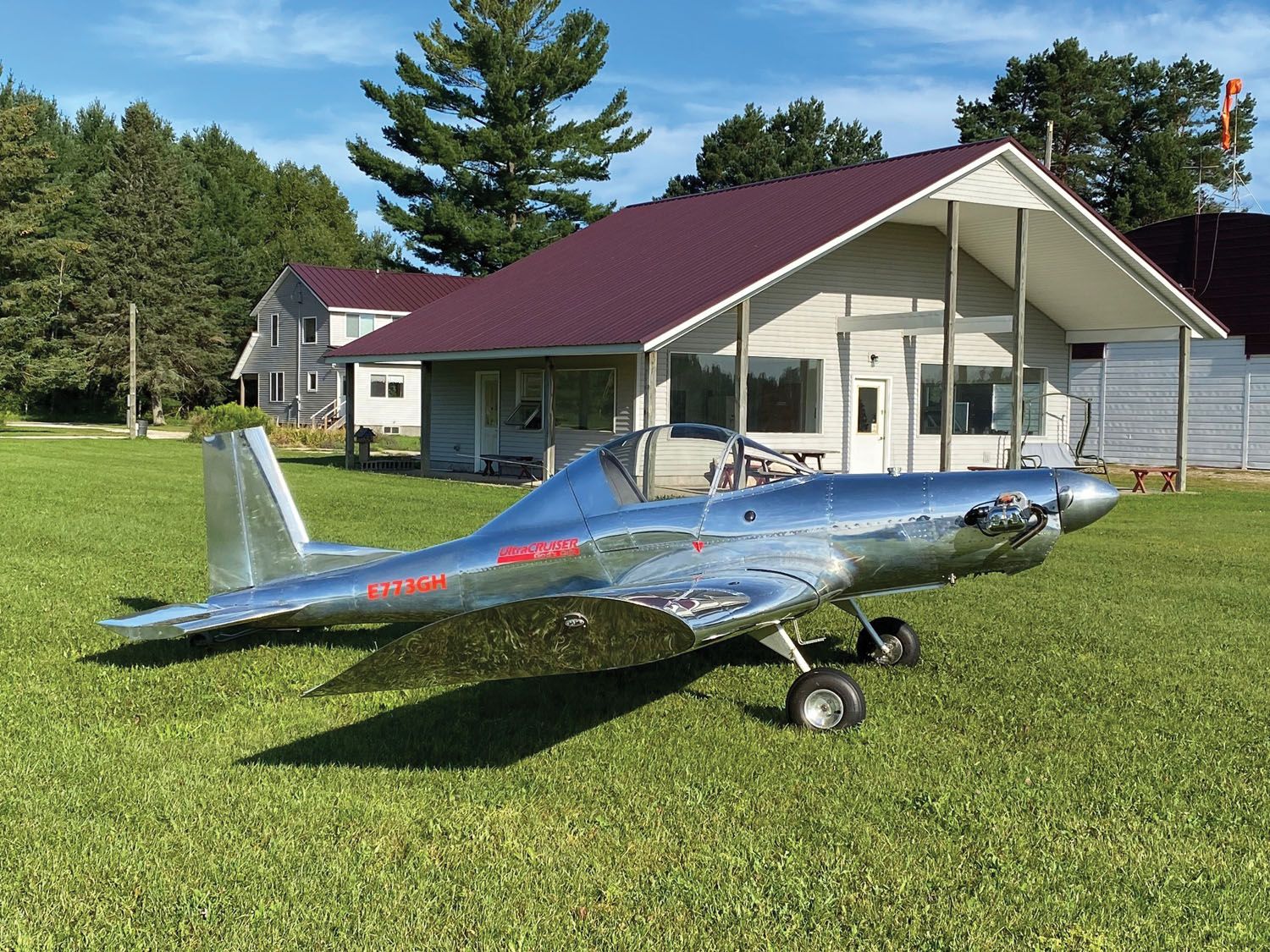
How the Buyout Happened
The buyout, it was explained, began with a need for a builder’s manual. Matt Higgins’ initial role, when he began working with Terry Hallett at Hummel Aviation, was to draw up a 3D assembly manual for the UltraCruiser he was building. As he tells it, “I first considered building a Hummel Bird back in 2001, but life got in the way for a while. Dad and I built a Merlin GT, and after we sold that I went back to Bryan, Ohio, in 2015 and started work on an UltraCruiser. It turned out that Terry and I worked well together, in our own areas, and last year he said, ‘You know, Deb and I are considering retiring. You’ve essentially taken this over anyway, so why don’t you just buy me out?’ I knew how the sausage was made, so to speak, and a deal was struck.”
At this point, the 3D manual for the UltraCruiser is finished and is now supplied with any kit purchase. A similar manual for the H5 model is in process and will soon be available as part of those kits. Scratch builders will want to buy the picture book as well because it greatly simplifies the building process.
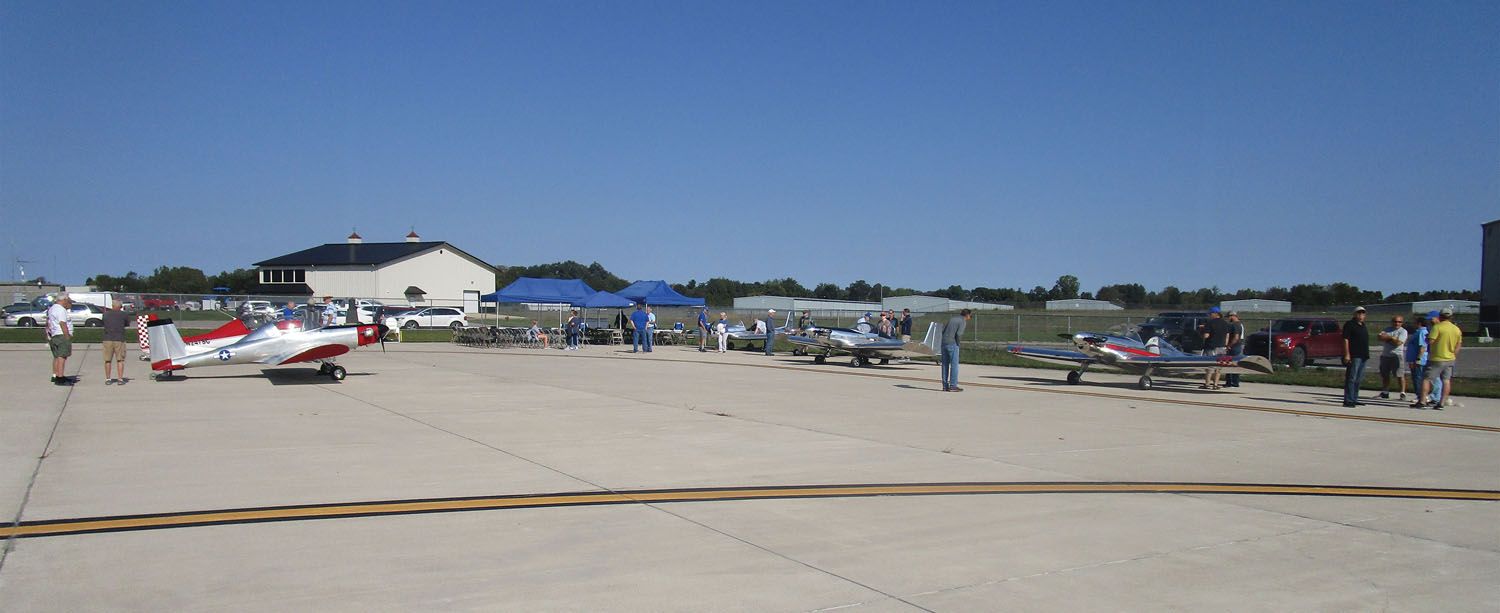
2021 Fly-In
Hummel Aircraft’s appearance at AirVenture 2021 was a huge success, and as summer wound down it was time for a Hummel factory fly-in, which took place September 18, 2021, at the Michigan location. We dropped in to check out the latest Hummel happenings, and we’re glad we did.
The lingering lockdowns of the pandemic were a consideration as Michigan public buildings remained under mask-wearing recommendations, and there were concerns about a sudden spike in virus cases in some areas. Matt Higgins said that Livingston County Airport management couldn’t have been more accommodating, recognizing that the event was going to be held outdoors for the most part, and airport ramp access was opened up past the security fencing to make the gathering happen.
The 2021 open house wasn’t a huge event, which is entirely in keeping with the size of Hummel Aircraft’s products. The modest affair took place in a corner of the expansive KOZW ramp, under beautiful Michigan fall skies. A half dozen airplanes were on display, perhaps 50 attendees gathered under the awnings, and there was plenty of time for Hummel devotees to visit and compare accomplishments. Laurie and Claire Higgins prepared lunch for the crowd, and the old and new management spent time updating builders and owners on recent and future happenings.
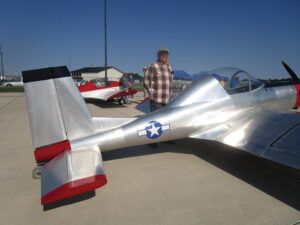
Updates
After lunch, the company presentations and Q&A session, among other things, revealed that Hummel Aircraft was considering moving to other locations, at one point seriously evaluating the Al Meyers airport (3TE) at Tecumseh, Michigan. However, that option didn’t work out, and the Livingston County Airport at Howell will remain the new home of Hummel Aircraft.
Other announcements were in the areas of kit improvement and alternative powerplants. At this point, Higgins told us, kit builders are primarily making ribs and bulkheads, assembling the rest of the aircraft from factory-made components and pre-drilled skins. Scratch building from plans is certainly possible and supported, but even those builders will probably take advantage of off-the-shelf parts in many cases. Some 90% of the holes are predrilled, so no alignment fixture is needed and dihedral is automatically set.
Another recent change is the availability of welded chromoly steel landing gear for the tricycle version of the UltraCruiser as an option to Morry Hummel’s original aluminum gear that was designed for the tailwheel configuration. The weight penalty is only four ounces, Higgins says, because the steel gear is shorter.
In other improvements, the kit’s tailpost/F-bulkhead began being supplied fully assembled in mid-2021, saving much building time. For the H5, the spar cutout became standard, the center wing skins are now laser cut to finished size, and the spar attachment holes, rear spar opening and outer wing spar mounting holes were added to the standard kit.
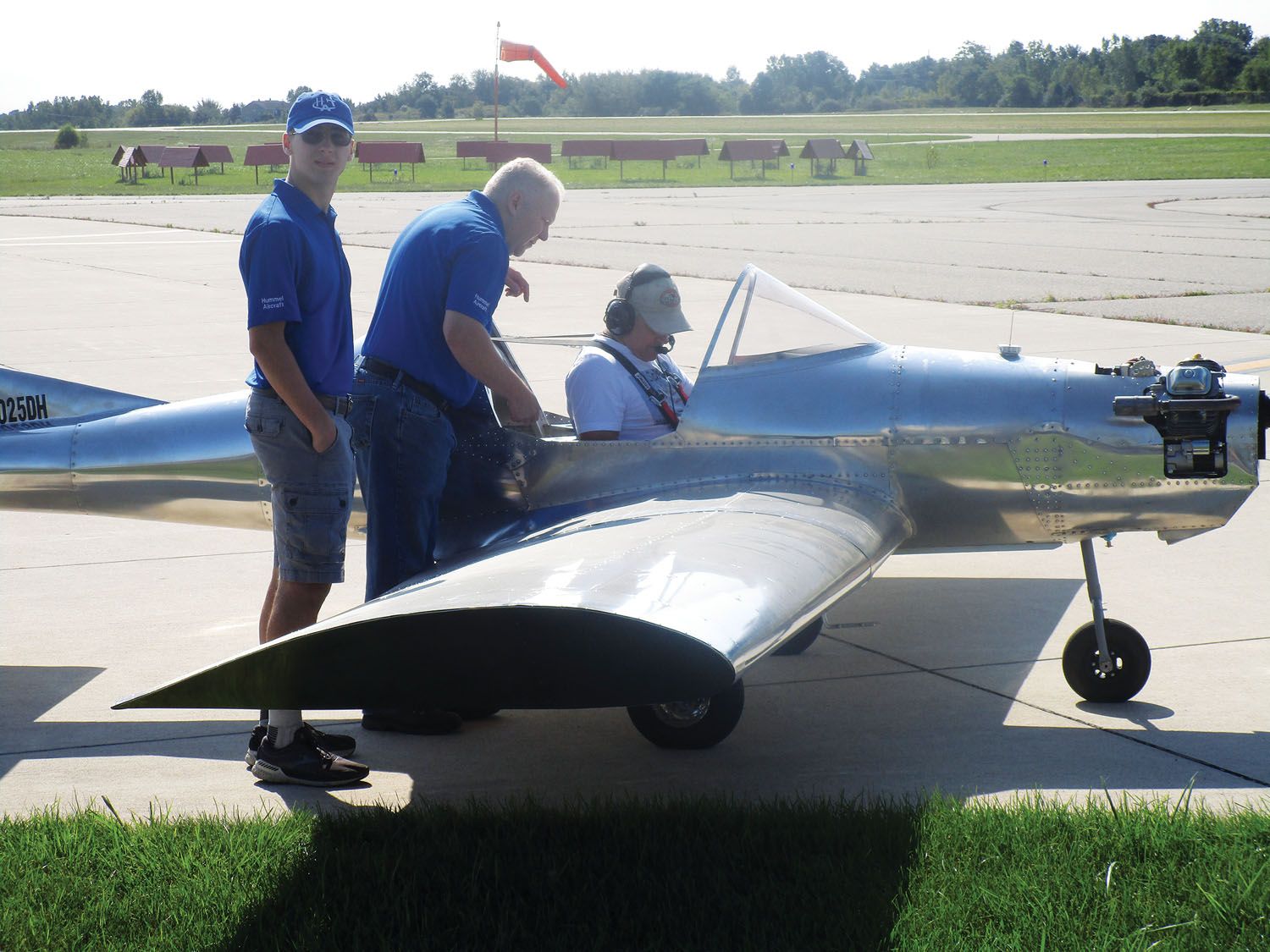
Engine Alternatives
There was much discussion about alternative engines for the UltraCruiser, which has always used a half-VW two-cylinder of 37 to 40 hp. These engines were originally developed by Morry Hummel, who sold off the engine conversion business in 1996 to Scott Casler in Coolidge, Arizona (www.hummelengines.com). As interest in Hummel airplanes has grown, the VW-based engines are requiring more and more lead time when ordering. It now takes up to 11 months to get an engine, so being late in ordering sometimes leaves a builder with an airplane waiting on a motor. Terry Hallett tried stocking ready-to-go engines on the shelf at the kit factory but couldn’t keep ahead of the demand. So, the hunt is on for alternatives to the little half-VW.
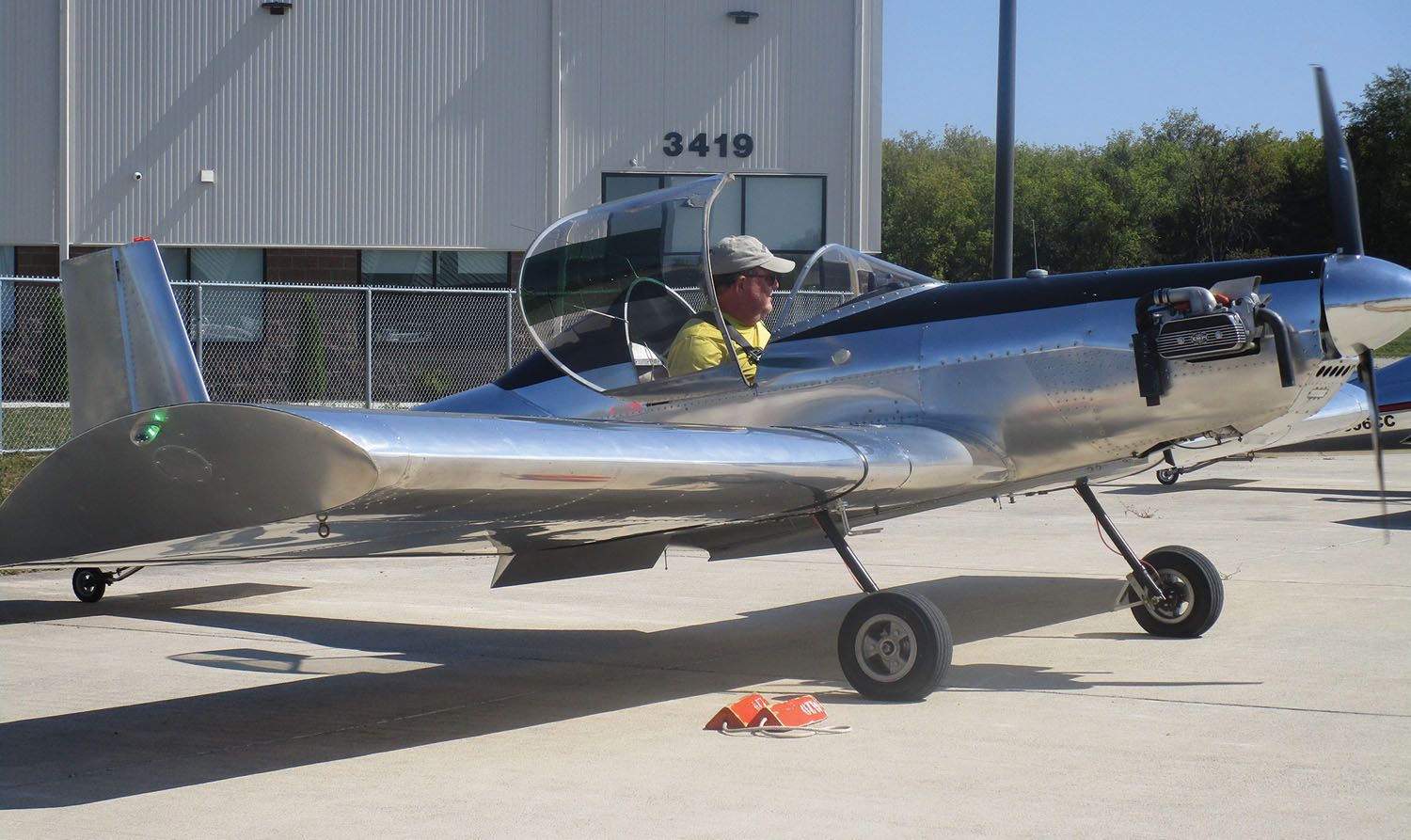
At the fly-in, Hummel Aircraft was showing its flying four-cycle V-twin engine conversion, an industrial crate engine that’s been bored and stroked, lightened with an aluminum flywheel and is now turning a ground-adjustable E-Prop from France with a 1.7:1 ratio belt drive. It was built up as a prototype project by David Higgins, and it sounded great as it made demonstration laps. Power output is only “guesstimated” at this point, but it’s probably around 40 hp. Hummel is also looking into electric propulsion as time permits.

Hummel Bird Support
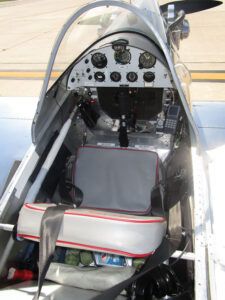
The question of support for the original Hummel Bird came up. While it’s strictly a scratch-built project, Hummel Bird plans are still available and parts can be supplied, but often have to be made to order as needed. The Experimental-category Hummel Bird could produce 100 mph on 32 hp and required about 1800 feet of runway. The H5, by comparison, does as much as 120 mph with its four-cylinder converted VW, and it can get by with 1200 feet of runway. The UltraCruiser, which can still be built as a Part 103-legal ultralight, became a more-popular alternative to the Hummel Bird, albeit with less cruising speed.
We were glad to have been invited to the Hummel gathering and enjoyed reconnecting with old and new management as well as many builders we had met before. We look forward to seeing Hummel Aircraft continuing its rich history in its new home.
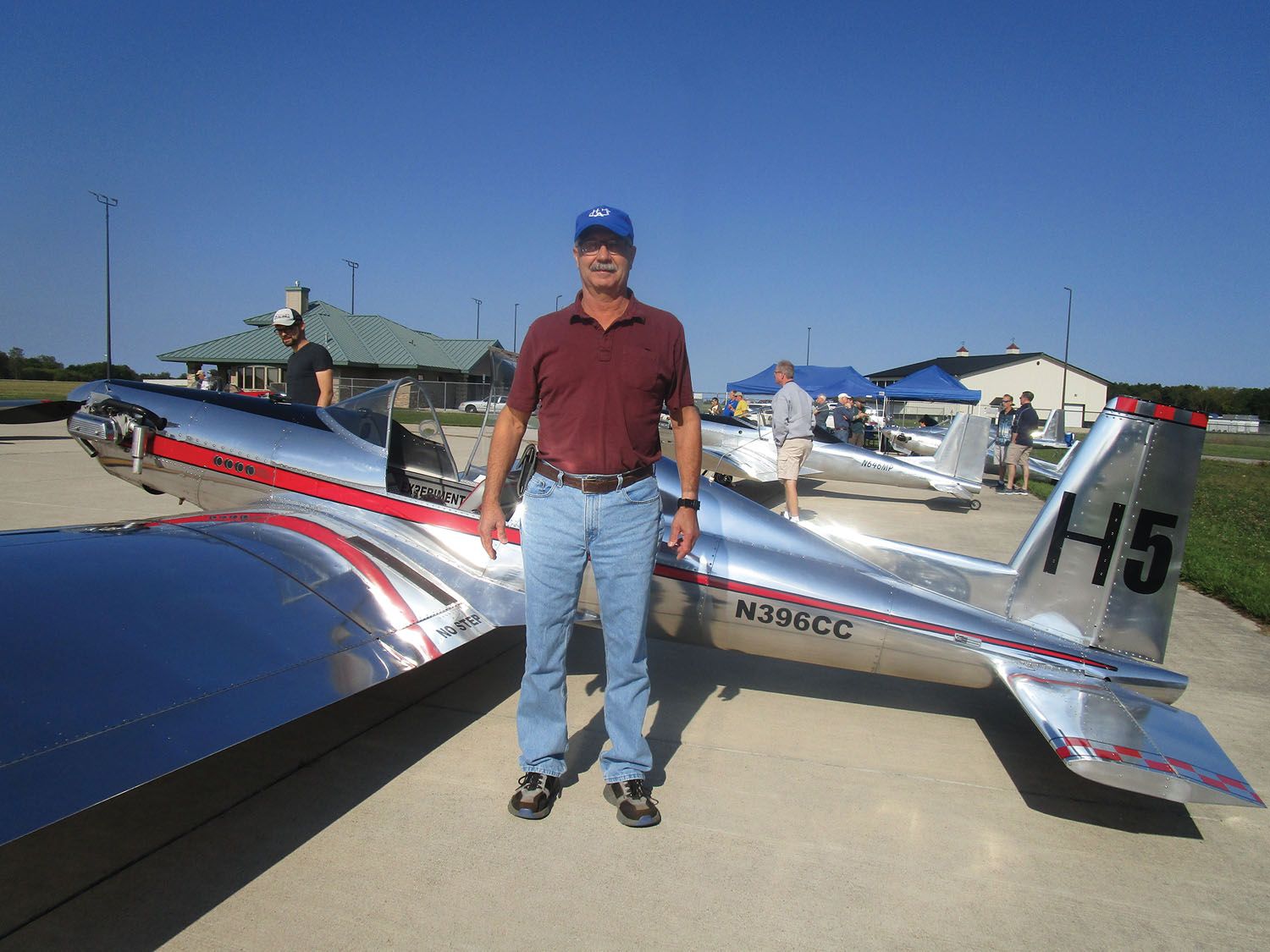
Photos: Mariano Rosales, LeRoy Cook.



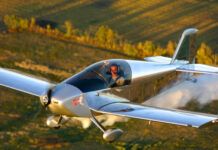





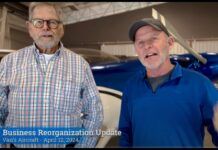
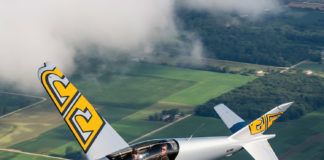

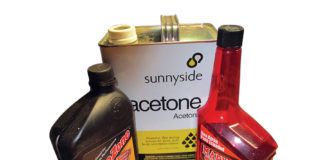
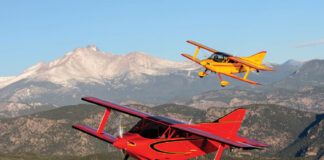
I have purchased a ticket for 2023’s EAA AIR VENTURE. The main purpose will be to quickly get guided to meet Matt and Laurie and bend their ears about the Part 103 Ultracruiser. I may even purchase a full kit and pick it up at the new facility, towards late August.. I want to be real busy this Fall, Winter and Spring to be ready to fly it.
See you at Oshkosh in July.
Tom Planer,